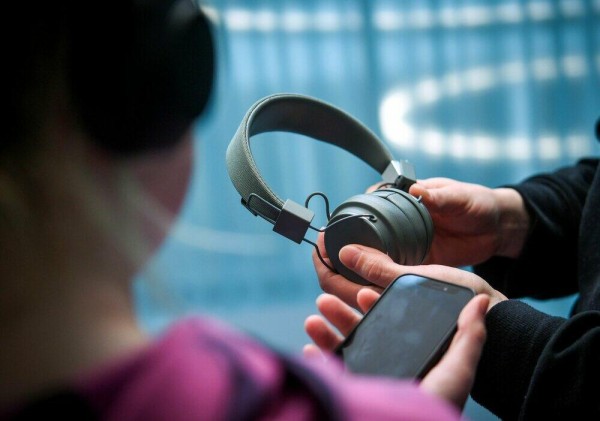In order to conserve energy in cold weather or when food is in short supply, some mammals can temporarily lower their body temperature and metabolism. Researchers have now succeeded in artificially imitating the so-called hibernation state. When they stimulated the mice’s brains with ultrasound, the animals’ body temperature dropped several degrees Celsius. With continuous stimulation, this state could be maintained for 24 hours, with animals waking up undamaged within a few hours after cessation of stimulation. The process could be useful in medicine or space.
In hostile environmental conditions such as cold or lack of food, some mammals such as mice, bats, and small monkeys can activate a type of energy-saving mode called hibernation. Similar to hibernation, they lower their body temperature and metabolism so that they use less energy and can sometimes survive up to several weeks without eating.
Since the 1960s, people have tried to mimic this condition – for example for astronauts on long-term space flights or to increase the survival chances of stroke patients. The brain regions involved in mice are now known, and researchers have already succeeded in inducing an artificial hibernation-like state in mice through injections into relevant brain regions or through genetic manipulation. However, all of the previous procedures were so invasive that transmission to humans was out of the question.
Ultrasound neuromodulation
A team led by Yaoheng Yang of Washington University in St. Louis has now managed to achieve such a condition using a non-invasive procedure for the first time. To do this, the researchers fitted mice with portable ultrasound transmitters that sent targeted ultrasound pulses to the preoperative region of the hypothalamus of the mouse brain at the push of a button. This region is involved in the regulation of body temperature and metabolism and has been identified in previous studies as the region responsible for hibernation.
“Ultrasound is the only available form of energy that can penetrate the skull non-invasively and can be focused with millimeter accuracy to any part of the brain without the use of ionizing radiation,” the researchers explain. “This makes ultrasound a promising technique for neuromodulation in small animals, nonhuman primates and humans.” In fact, ultrasonic stimulation in mice had the desired effect: Immediately after stimulation, the body temperature and activity level of the animals began to lose weight. After a few minutes, the body temperature had dropped by more than three degrees Celsius, the heart was beating slower and measurements of metabolism showed that the animals were consuming less oxygen.
Complete recovery after prolonged use
If there were no more ultrasound pulses, the animals’ body temperature started to rise again after about an hour and after two hours they fully recovered. Other experiments have shown that the strength and duration of the ultrasound pulses determine how much the body temperature drops and how quickly it returns to normal. The research team extended the stages of hibernation using an automatic feedback controller: Whenever the mice’s body temperature began to rise again, the controller emit ultrasonic pulses again. “In this way, we were able to maintain the mice’s body temperature at 32.95°C for 24 hours,” reports colleague Yang Hongchen. “After turning off the ultrasound, my metabolism and body temperature returned to normal.”
Subsequent brain studies revealed that it is neurons in the preoperative region of the hypothalamus that trigger hibernation in response to ultrasound. With the help of genetic sequencing, Yang and his team discovered that certain ion channels in neurons, so-called TRPM2 channels, are activated by ultrasound, and then set in motion a signaling cascade that decreases body temperature and metabolism.
transferable to other organisms
To test the method’s transferability to other animals, the research team used the same technique on mice. Unlike mice, hibernation does not occur naturally in these animals. “We also found a significant decrease in body temperature in mice as a result of ultrasonic stimulation,” says the team. “Although the extent of the reduction was less in rats than in rats, these data show that the method can also be used in organisms without natural hibernation.” From the researchers’ point of view, this could indicate that this technique could also be used in humans.
“This study may seem like a small step for this research group, but it promises to be a giant leap for humanity to use hibernation-like states in medicine and possibly in space travel,” wrote Martin Jastroch of Stockholm University and Frank van Breukelen of Stockholm University. University of Nevada in a commentary accompanying the study, also published in Nature Metabolism.
Source: Yaoheng Yang (Washington University in St. Louis, USA) et al., Nature Metabolism, doi: 10.1038/s42255-023-00804-z

“Alcohol buff. Troublemaker. Introvert. Student. Social media lover. Web ninja. Bacon fan. Reader.”







More Stories
Science: The percentage of women in mint topics rises to a third
Newly appointed Science, Research and Innovation Council
Asparagus with Salmon and Avocado: A slightly different asparagus dish